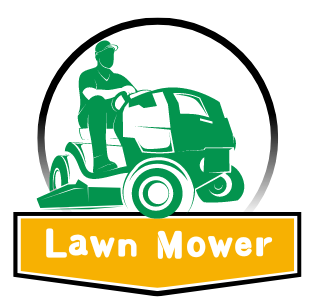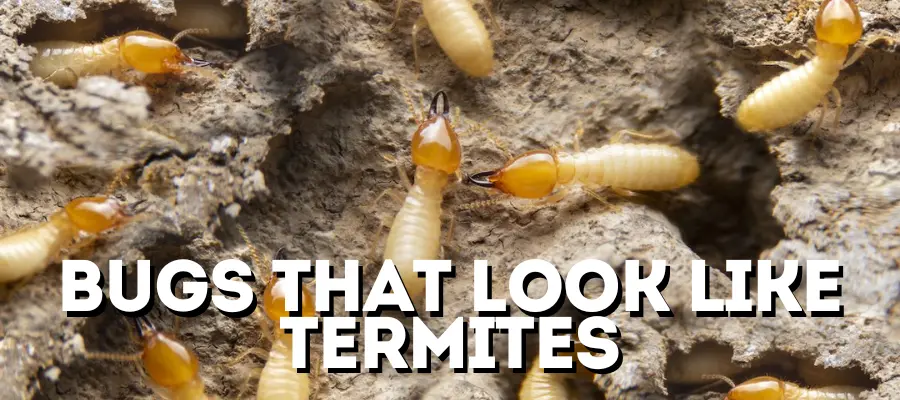When it comes to household pests, few bugs inspire as much fear and confusion as termites. Their potential to cause significant damage to your home makes accurate identification essential. However, not all insects that look like termites are actually termites.
In this article, we’ll explore various bugs that look like termites, helping you distinguish between these critters and avoid costly mistakes.
Understanding the differences among these insects can save you from unnecessary pest control expenses and help you take the right measures to protect your home. Let’s delve into what termites are, the common impostors that mimic their appearance, and how you can effectively identify them.
What Are Termites?
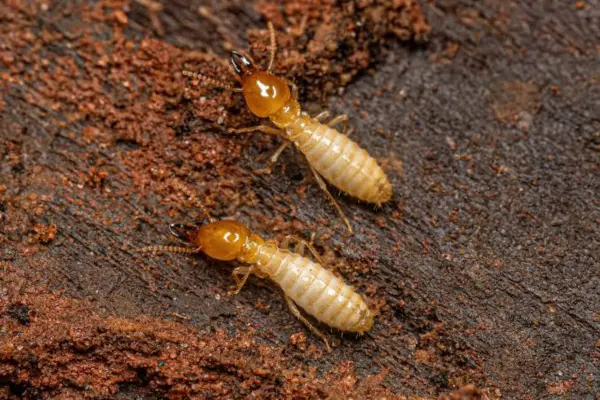
Termites are social insects known for their wood-eating habits, and they play a critical role in breaking down dead and decaying wood in nature. Here are some key features that define termites:
Size and Appearance: Termites typically measure between 1/4 to 1/2 inch long. They have soft bodies and straight antennae, which help set them apart from other insects.
Color Variations: Their colors can range from white to light brown. Worker termites often appear lighter, while swarming termites may have a darker hue.
Types of Termites
Termites can be broadly classified into three main types:
Subterranean Termites: These are the most destructive species, living underground and often entering homes through mud tubes. They thrive in moist environments and can cause significant structural damage.
Drywood Termites: Unlike subterranean termites, drywood termites do not require contact with the soil. They infest dry wood, such as furniture and structural timber, and can be particularly challenging to detect. Their presence can lead to significant property damage if not addressed promptly.
Dampwood Termites: Found in damp, decaying wood, these termites are less common in homes but can still pose a risk in areas with moisture problems. They often nest in wood that has a high moisture content, which can create conditions conducive to their growth.
Recognizing these characteristics is crucial for anyone trying to determine whether they have a termite infestation or if they are dealing with another insect entirely.
Common Bugs That Are Mistaken for Termites
When you spot an insect that resembles a termite, it’s easy to jump to conclusions. Here are the most common bugs that look like termites, along with tips on how to differentiate them.
Flying Ants
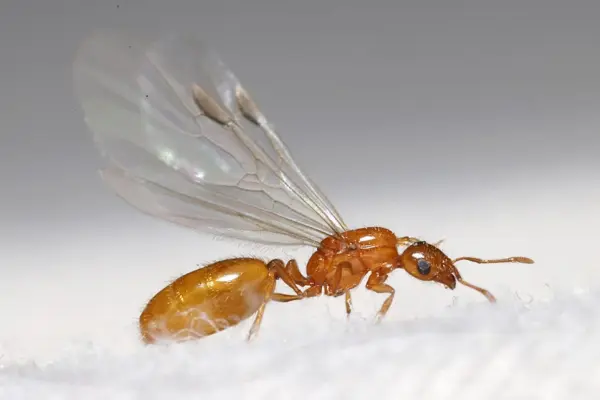
Flying ants are perhaps the most frequently confused insects. Here’s how to identify them:
Description: They have a segmented body with a narrow waist and are typically black or brown in color.
Key Differences: Flying ants have wings of unequal size; their hind wings are shorter than their front wings. Additionally, their bodies are more robust compared to termites.
Examples of Flying Ant Species:
Carpenter Ants: Often confused due to their wood-destroying behavior.
Thief Ants: These ants can also be mistaken for termites, especially when they swarm.
Carpenter Ants

Often mistaken for termites due to their wood-destroying habits, carpenter ants require careful observation to distinguish:
Characteristics: Carpenter ants can grow larger than termites, often reaching up to 1 inch in length. They are usually black, but can also be red or a mix of both.
Identification Tips: Unlike termites, carpenter ants have bent antennae and a heart-shaped head. Their wings are also not as long and delicate.
Carpenter Ant Damage
Carpenter ants can cause significant structural damage similar to termites. They hollow out wood to create nesting sites, leading to weakened structures. It’s crucial to identify their presence early to mitigate damage.
Moisture Ants
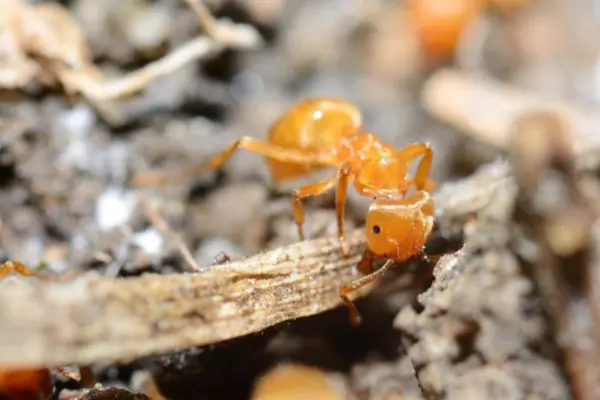
These ants thrive in damp environments, which can lead to confusion:
Identification: Moisture ants are usually yellowish-brown and may appear similar to termites when foraging for food.
Differences: They have a more robust body and a clear waist, which is a telltale sign distinguishing them from termites.
Habitat Preferences
Moisture ants prefer environments with high humidity. Common nesting sites include:
Under leaking sinks
Near damp basements
In decayed wood
Black Garden Ants
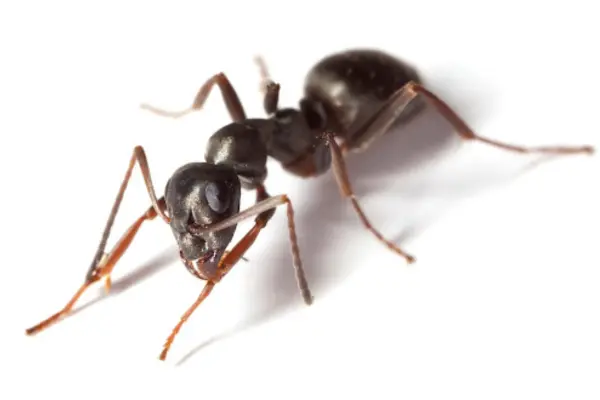
Commonly found in gardens, black garden ants can also be mistaken for termites:
Description: These ants are small and shiny, typically black or dark brown.
Identification Tips: Their antennae are bent, and they lack the soft body structure typical of termites.
Behavioral Traits
Black garden ants are often seen foraging for food outside their nests. They have a varied diet, which includes:
Honeydew from aphids
Seeds
Insects
Pavement Ants
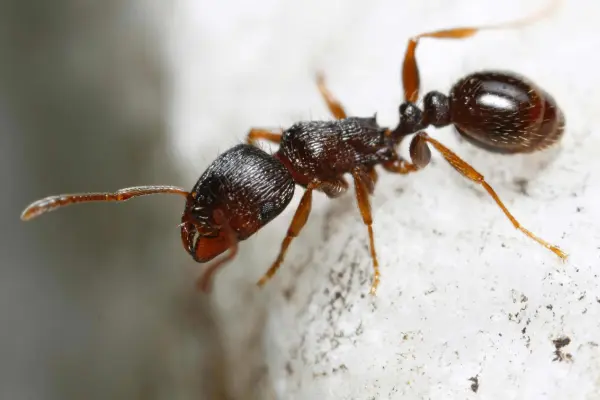
These ants often nest in pavement cracks and can sometimes be seen near homes:
Characteristics: Pavement ants are small, usually measuring 1/8 inch long, and are often brown or black.
Key Features: Their heads are rough and uneven, and they have a distinct petiole, unlike the more streamlined body of a termite.
Nesting Habits
Pavement ants typically build their nests in:
Sidewalks
Driveways
Lawns
By familiarizing yourself with these common bugs that look like termites, you can better protect your home from misidentification and the potential consequences of overlooking a termite infestation.
How to Identify Bugs That Look Like Termites
Identifying bugs that resemble termites involves careful observation of several key features. Here’s what you should consider:
Key Features to Look For
Wing Shape and Size Comparison:
Termites: Have two pairs of wings that are roughly equal in size. When they swarm, they often shed these wings, which can be found near light sources.
Ants: The front wings are larger than the hind wings, and ants often retain their wings longer than termites do.
Body Structure
Termites: Soft, straight bodies with no waist. Their bodies appear more uniform, without noticeable segmentation.
Ants: Segmented bodies with a noticeable waist and often a more pronounced head.
Antennae:
Termites: Straight, beaded antennae that resemble small beads strung together.
Ants: Elbowed antennae that give them a more angular appearance.
Conclusion
Identifying bugs that look like termites is crucial for maintaining a safe and healthy home. By understanding the differences between termites and their impostors, you can take effective steps to prevent infestations and address potential threats before they escalate. Whether you’re dealing with flying ants, carpenter ants, or other similar pests, knowledge is your best defense.
Always keep an eye out for the signs of termite activity, and don’t hesitate to seek professional help if you suspect an infestation. Remember, being proactive is key to protecting your home from costly damage.
